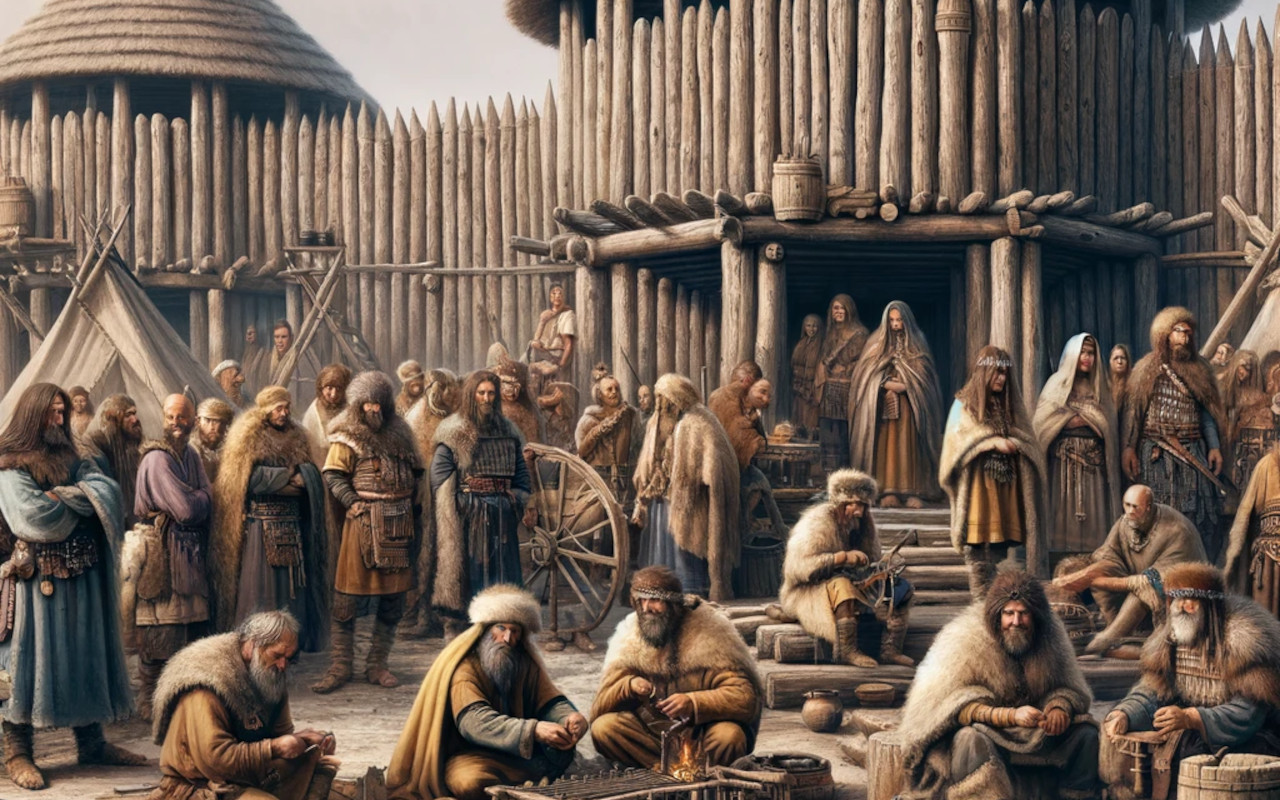Hereditary information

Do you want to know where your ancestors are from? Fearless northerners? The first farmers in Mesopotamia? With us you can look behind the curtain of your past.
Autosomal DNA is found in autosomes, which are the chromosomes that do not determine sex. Humans have 22 pairs of autosomes and one pair of sex chromosomes (XX in females and XY in males). You inherit half of your autosomal DNA from your mother and the other half from your father. This means that autosomal DNA is a blend of genetic material from both parents, encompassing ancestors from both sides of your family. Autosomal DNA is a mix of genes passed down from many ancestors, making it useful for understanding your broader ethnic heritage and identifying genetic relationships with a wide range of relatives.
Unlike autosomal DNA, mitochondrial DNA (mtDNA) and Y-chromosome DNA (Y-DNA) are not mixed together to form your genetic profile. mtDNA is inherited only from your mother and traces maternal lineage, while Y-DNA, present only in males, is inherited from the father and traces paternal lineage. Each of these DNA types can be used to determine distinct maternal and paternal haplogroups, respectively. These haplogroups can provide insights into your deep ancestral origins.
By using publicly available genetic databases, you can find and potentially contact relatives around the world who share your genetic markers. Additionally, these databases can help you discover the geographical origins and migration patterns of your maternal and paternal lineages, offering a glimpse into your "ancestral homeland".